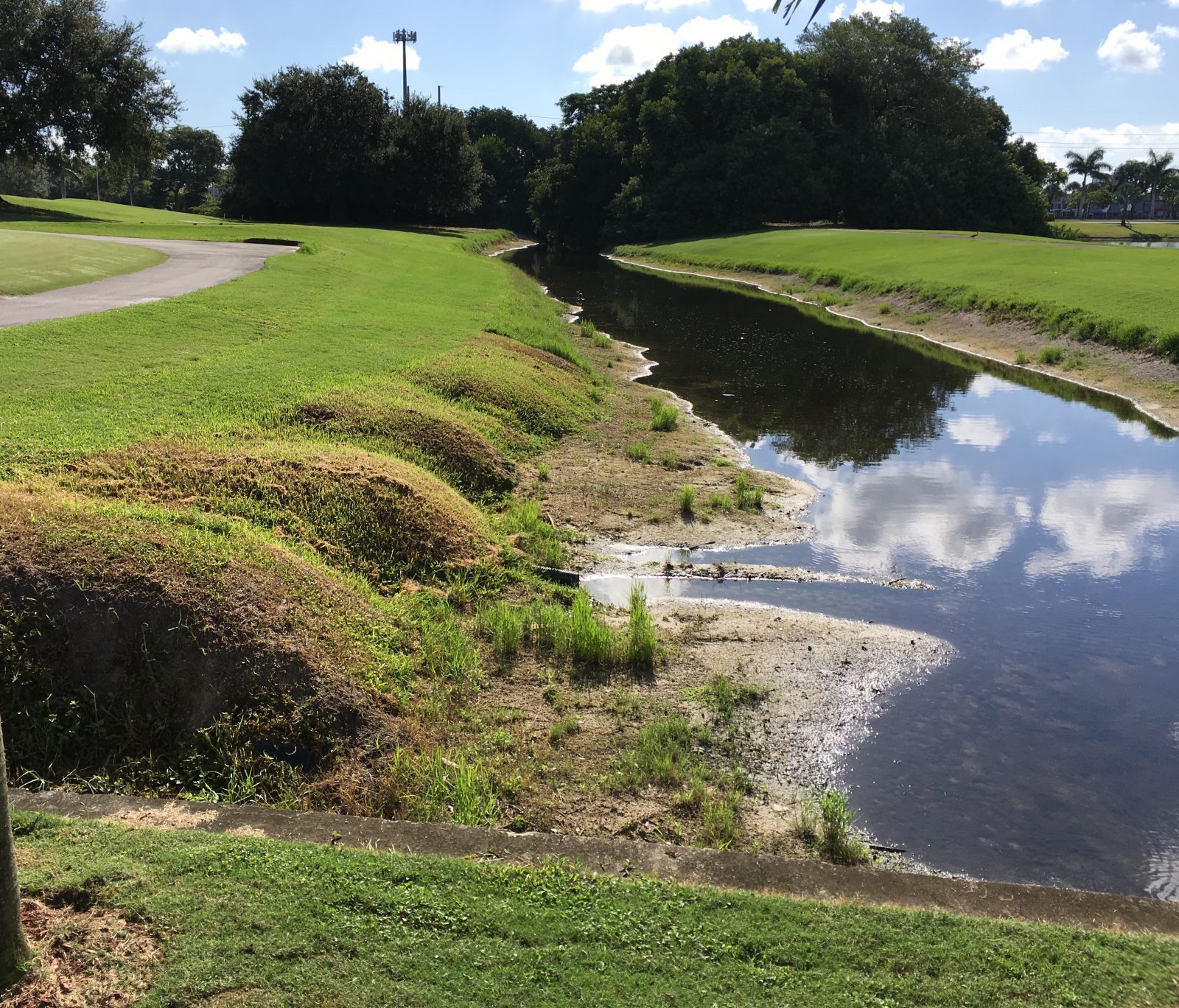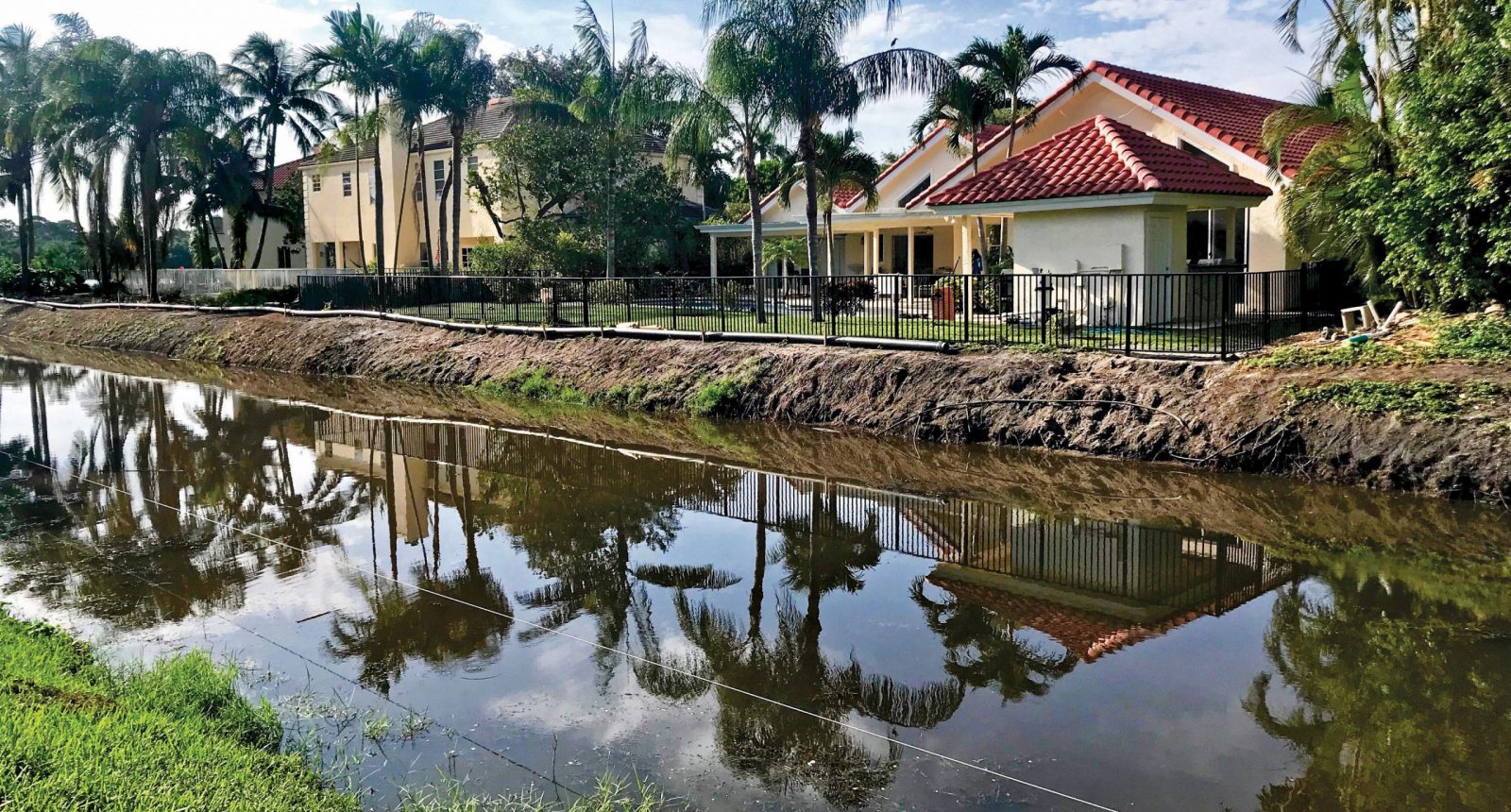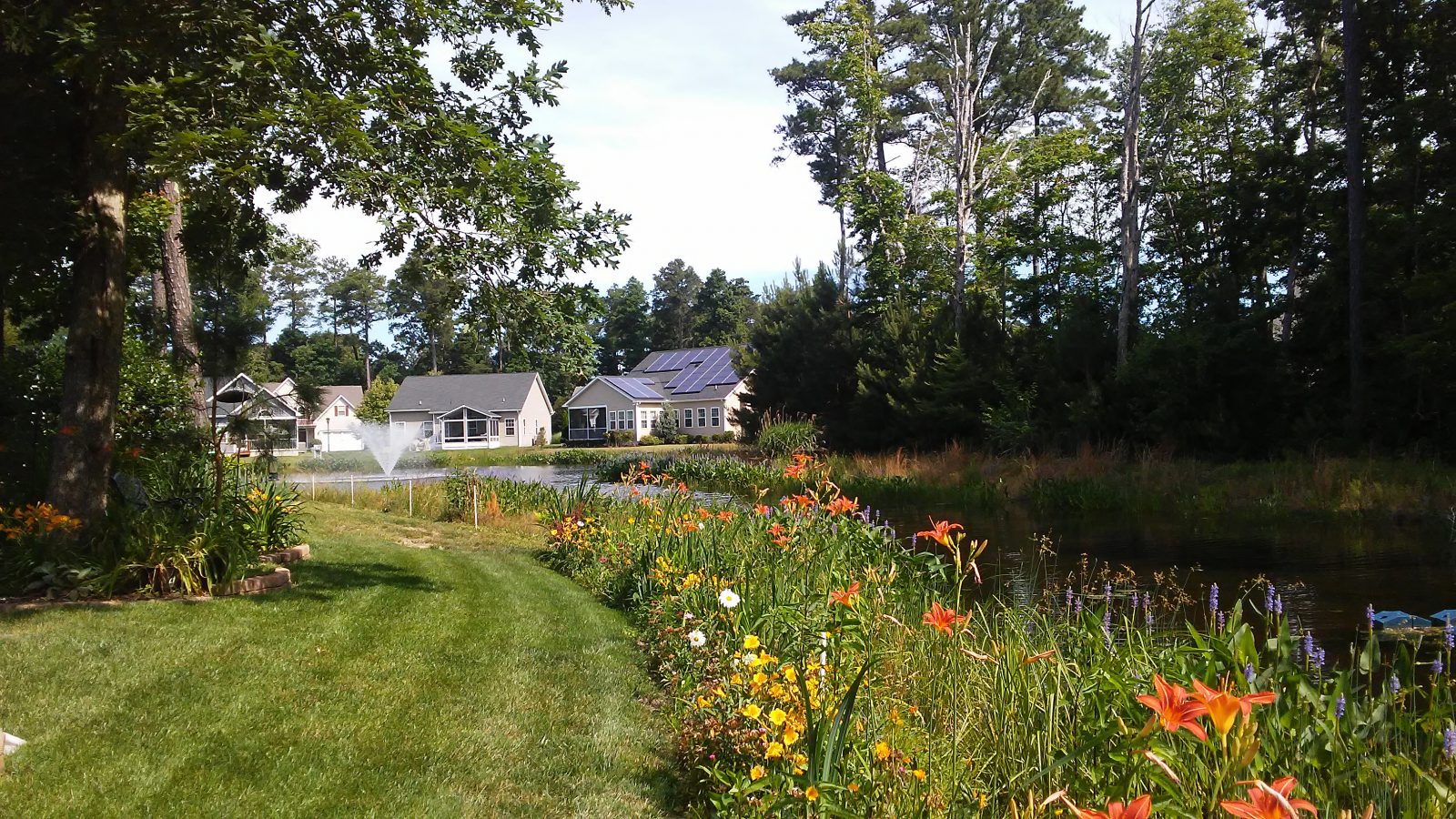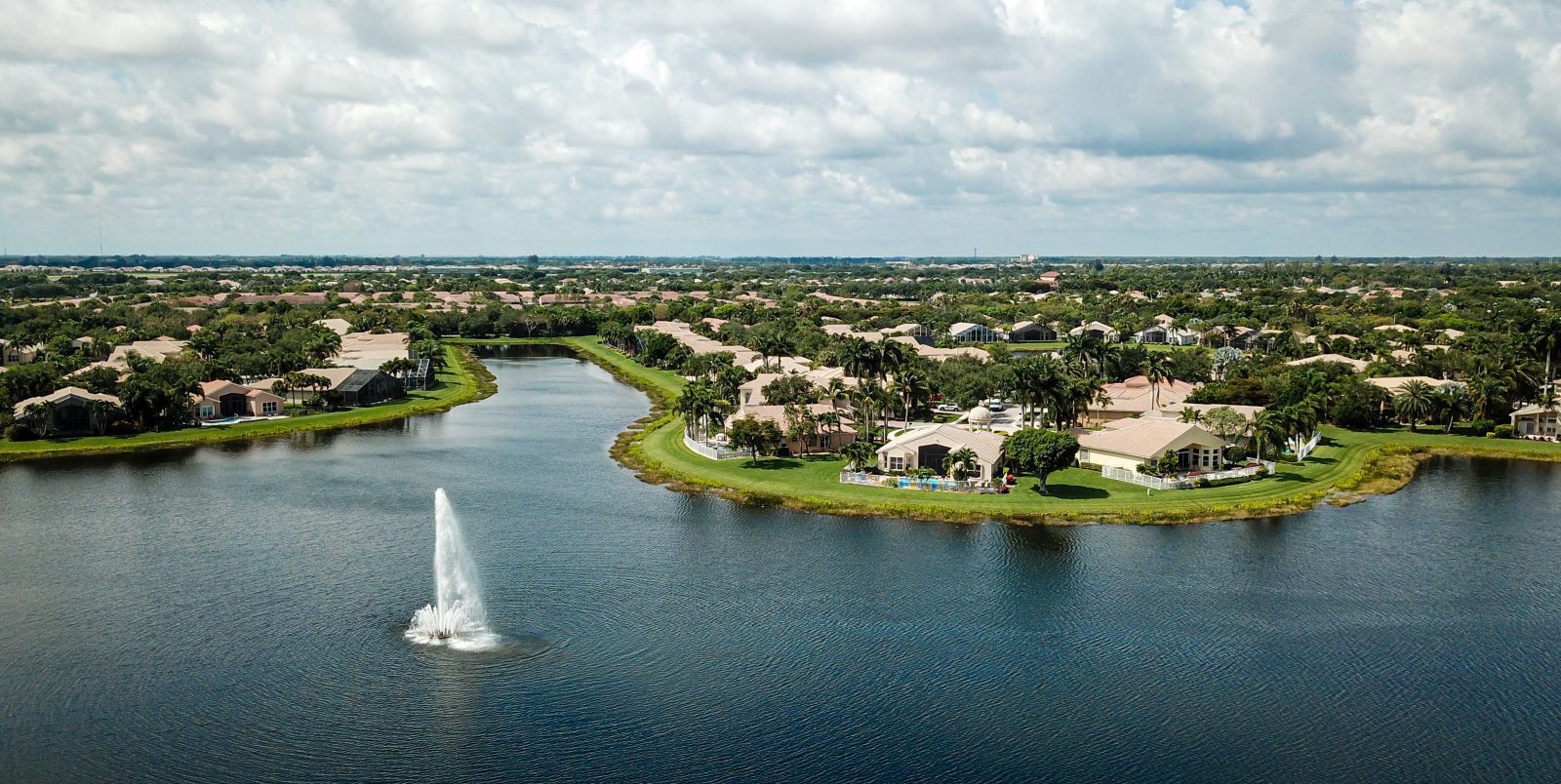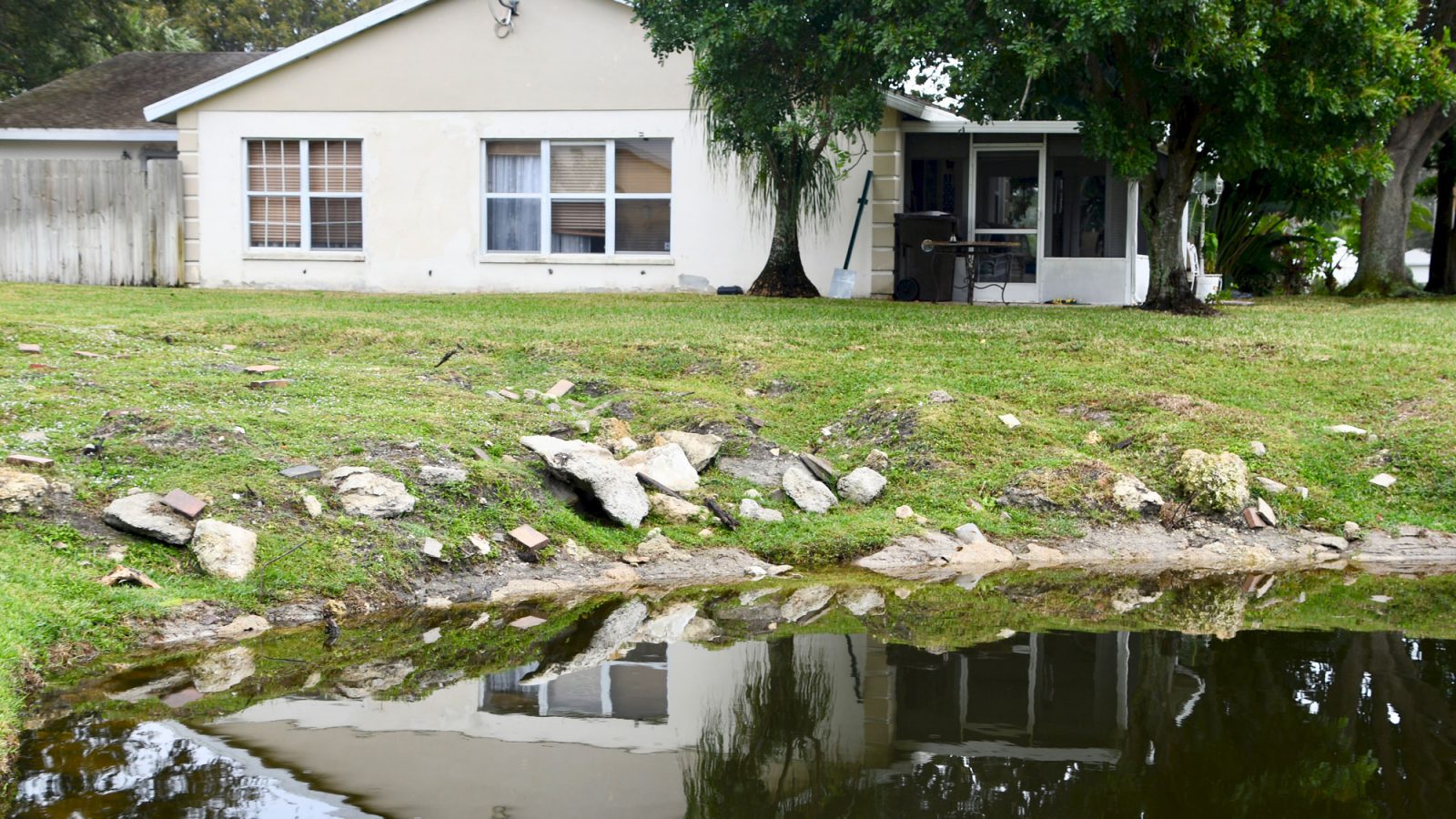
What is lake erosion and how does it occur?
Although its beauty is undeniable, water can also be incredibly destructive. Over time, your lake’s shoreline can naturally suffer from erosion, resulting in the loss of land and aesthetic views. In addition, a shrinking shoreline can decrease the value of your property and leave behind extensive damage. Watching this change can cause anyone to worry; however, consulting with an experienced professional and implementing proactive measures will help ease the burden of lake erosion control.
Erosion is influenced by many factors ranging from natural causes such as weather to human activities like urban development and excess recreation. The loss of vegetation and trees, natural topography and tectonic activity, and stormwater runoff are common contributing factors to lake erosion. Ordinarily, this process can take place over decades, but certain activities can accelerate erosion dramatically. Despite the inevitability of lake erosion, preventative care and innovative solutions can go a long way in restoring your shoreline.
How to Identify Erosion
Property owners should stay ahead of potential problems and familiarize themselves with the warning signs of erosion. The main signs of erosion can vary from a drop-off of a few inches to a few feet, or present itself with sediment deposits and uneven shorelines. Hillside lake or pond banks are at a higher risk for soil erosion due to the high intensity of runoff water in these areas. Unchecked increases in pond bottom sediment levels can lead to a decline in water quality and threaten wildlife and aquatic vegetation that are essential to your waterbody. Sediment can also threaten the availability of drinking water and impact the storage capacity in reservoirs. Identifying this naturally occurring cycle of erosion in all stages ensures that communities can safely enjoy the benefits of their waterbody.
It’s important to remember that not all forms of erosion look the same. Shrinking appearance, exposed pipes or root systems, flooding, and steep drops can all be signs erosion is occurring.
The erosion process consists of three stages: Detachment, Transport, and Deposition
Stage 1: Detachment
Detachment occurs when soil particles break off from the bulk of the shoreline soil body. Depending on the stability of the soil and the extent of beneficial buffer vegetation already in place, excess rainfall and surface runoff can easily cause soil to detach.
Stage 2: Transport
The process of erosion continues when topsoil is transported by water. This can be especially dangerous, often causing major soil degradation that can go undetected for years.
Stage 3: Deposition
Finally, the cycle is complete when sediment is deposited throughout the waterbody, ultimately creating an unsightly and dangerous environment that can pose liabilities. But erosion doesn’t have to be extreme to implement lake restoration solutions.
No matter what stage of erosion your waterbody is experiencing, it is best to proceed with preventative solutions before it gets worse.
- Shoreline Erosion Repair Results
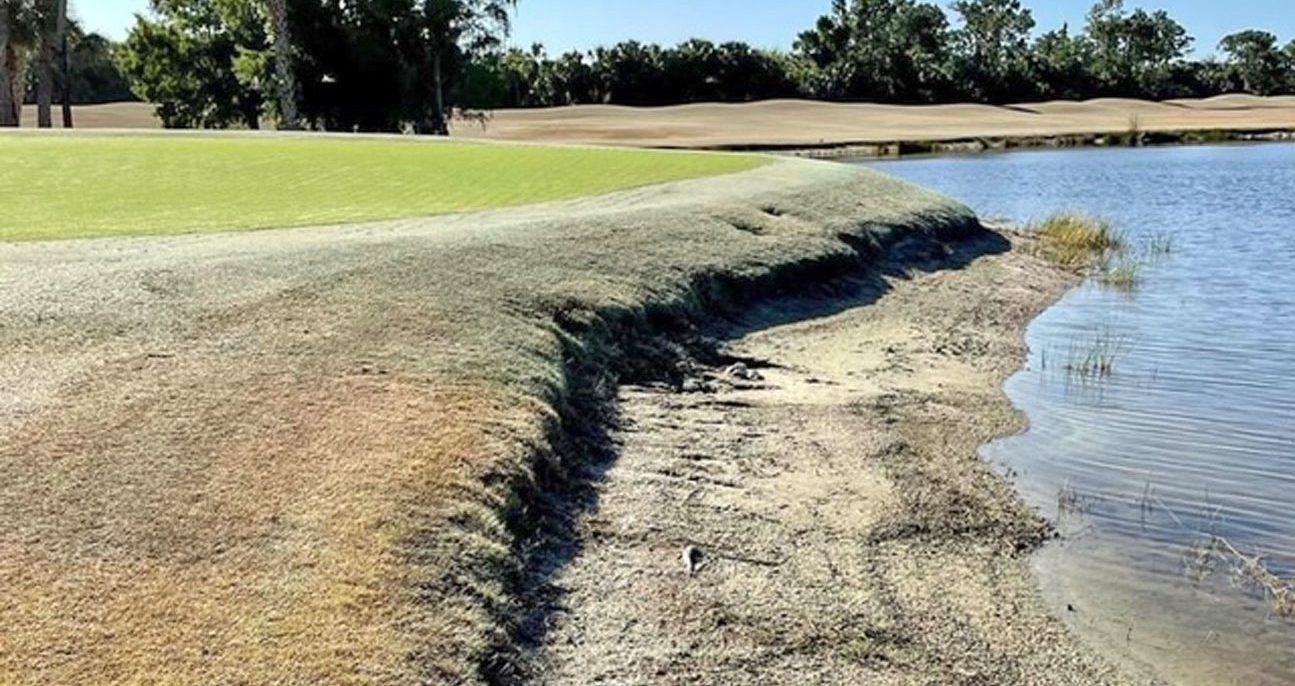
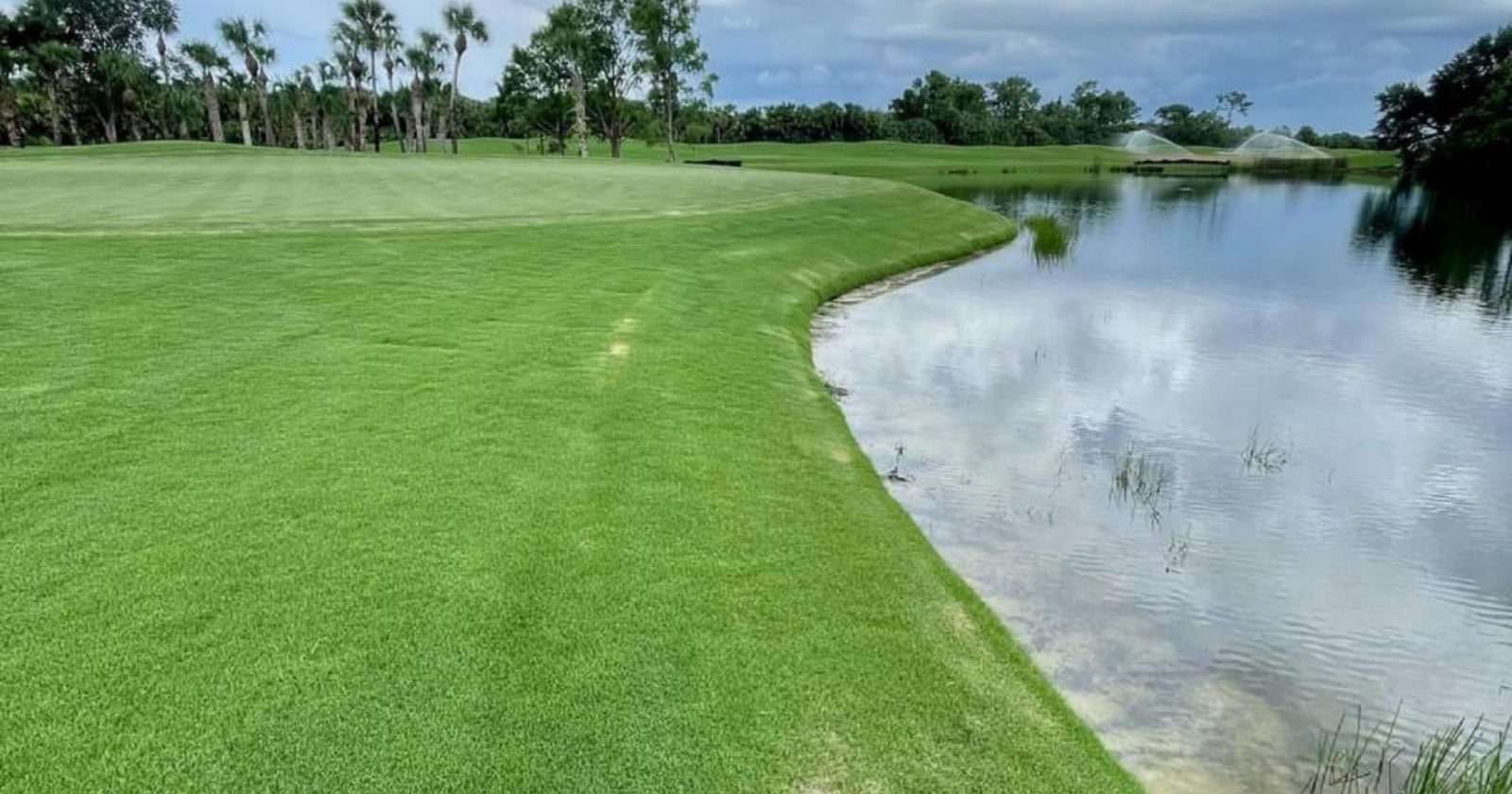
Shoreline Erosion Repair Solutions
Erosion that is left unaddressed can leave property owners with only a few management options. At SOLitude, we offer eco-friendly bioengineered tools that halt hillside erosion and allow for immediate shoreline restoration. These erosion repair solutions can also effectively filter stormwater runoff and remove harmful contaminants that can damage your waterbody.
After the system is installed, native plants or sod can be installed to create a natural living shoreline. With these systems, you can relax knowing your shoreline is protected.
Beneficial Vegetative Buffers — A Preventative Solution
Beneficial vegetative buffers help protect your shoreline from erosion. A vegetative buffer is a relatively simple solution that keeps sediment in place during extreme weather conditions and promotes healthy water quality. It also helps filter excess nutrients like phosphorus and nitrogen from stormwater, making it less likely for algae blooms and nuisance aquatic plant growth to occur. In addition, beneficial buffers can further stabilize an erosion repair system by securing the shoreline with their complex root systems.
It’s best to establish buffers early in your waterbody’s lifespan as a preventative tool. Ideally, buffers should comprise a mix of native grasses and flowering species that will create a natural habitat for native birds and deter unwanted insects such as mosquitoes. The native vegetation should be installed at least 3-5 feet from the shoreline to receive its maximum benefits.
Although beneficial buffers are an ideal proactive solution, some plant species should only be used in certain regions. Choosing the right native plant species is an essential step to ensure that your beneficial buffer will continue to thrive. In Florida, plants such as bulrush and water willow are excellent species that promote healthy water quality. Regions in the Midwest should focus on natural herbs like pickerelweed or spikerush. Check out our comprehensive list to see which plants are best for your region.
The Importance of Annual Shoreline Management
Annual shoreline management can be the difference between simple maintenance and costly or extensive repairs. Without ongoing maintenance, your waterbody can easily become overrun with sediment, debris, and harmful pollutants. Recurring water quality issues, foul odors, and nuisance weeds or algae can go undetected for many years before they need serious intervention. Preventative management is key to avoiding problems down the line and making sure your lake or pond remains a healthy, safe waterbody.
At SOLitude, we offer a variety of annual management plans to suit the needs of every property owner. Our aquatic specialists conduct preliminary assessments to determine the extent of treatment needed for your waterbody. We offer detailed visual and biological assessments to pinpoint problem areas and establish important data for future decisions. Property owners can easily customize their management plan to best fit their goals. No matter your waterbody’s stage in life, it can still benefit from a comprehensive maintenance plan. Consult with our lake and pond management experts to get started.
Strengthen Your Lake's Shoreline
SOLitude Lake Management is a nationwide environmental firm committed to providing sustainable solutions that improve water quality, enhance beauty and preserve natural resources.
SOLitude’s team of aquatic scientists specializes in the development and execution of customized lake, stormwater pond, wetland and fisheries management programs. Services include water quality testing and restoration, algae and aquatic weed control, installation and maintenance of fountains and aeration systems, shoreline erosion control, muck and sediment removal and invasive species management. SOLitude partners with homeowners associations, golf courses, private landowners, businesses and municipalities. SOLitude Lake Management is part of Rentokil, a leading business services company, operating across the United States, Canada and Puerto Rico.
For more information, visit SOLitude Lake Management at solitudelakemanagement.com, and connect on Facebook, LinkedIn and Twitter.








